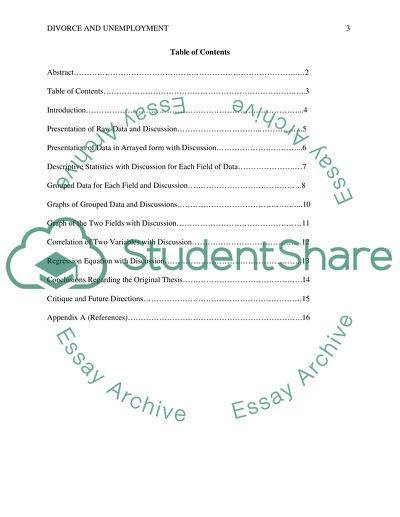Cite this document
(“The Correlation between Unemployment and Divorce Rates in the United Term Paper”, n.d.)
Retrieved from https://studentshare.org/statistics/1394026-the-correlation-between-unemployment-and-divorce-rates-in-the-united-states
Retrieved from https://studentshare.org/statistics/1394026-the-correlation-between-unemployment-and-divorce-rates-in-the-united-states
(The Correlation Between Unemployment and Divorce Rates in the United Term Paper)
https://studentshare.org/statistics/1394026-the-correlation-between-unemployment-and-divorce-rates-in-the-united-states.
https://studentshare.org/statistics/1394026-the-correlation-between-unemployment-and-divorce-rates-in-the-united-states.
“The Correlation Between Unemployment and Divorce Rates in the United Term Paper”, n.d. https://studentshare.org/statistics/1394026-the-correlation-between-unemployment-and-divorce-rates-in-the-united-states.


